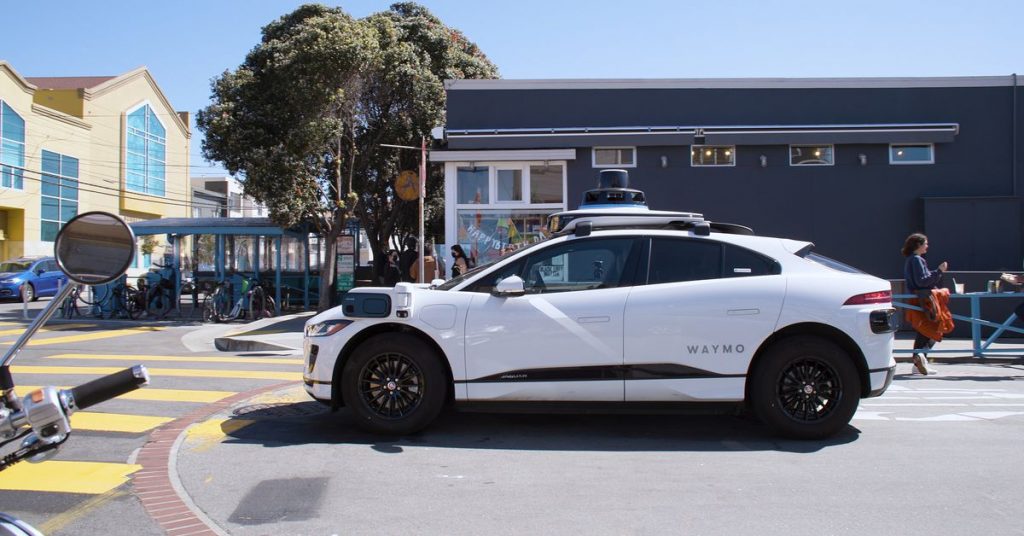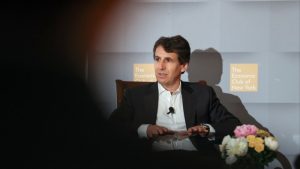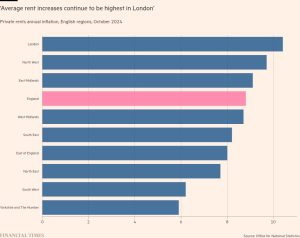Waymo says fully driverless rides are coming to San Francisco


Waymo plans to start offering rides in its fully autonomous vehicles — without human safety drivers behind the wheel — in San Francisco. The Google spinoff says its driverless vehicles are now only available to employees but will soon grow to include members of the company’s “Trusted Tester” program.
Waymo is also making big moves in Arizona. The company’s service area is finally growing to include downtown Phoenix after operating exclusively in the exurban towns of Chandler, Gilbert, Mesa, and Tempe for nearly five years.
Waymo has been running fully driverless rides without a safety driver in those towns outside of Phoenix for more than a year now. The company is one of a handful trying to launch a wide-scale commercial service built around autonomous vehicles, like Argo AI (which is backed by Ford and Volkswagen) and Cruise (which is backed by General Motors).
Waymo has been testing AVs in San Francisco for a decade
Waymo has been testing AVs in San Francisco for a decade, dating back to when it was still just a quirky project inside Google’s X division. In 2017, the company launched a limited ride-hail service outside of Phoenix, which eventually grew to include over 300 vehicles.
That’s how things stayed for several years, with Waymo meticulously focusing its efforts on a small service area in Arizona. Eventually, the company expanded its testing near Google’s headquarters in Mountain View to include the dense, complex streets of San Francisco.

Last year, the company launched its Trusted Tester program, which is basically a rebranding of the “Early Rider” program it ran in Phoenix. Customers interested in using Waymo’s robotaxis join a waitlist and, once approved, sign non-disclosure agreements to get access to the company’s early technology.
Eventually, the service will grow to include regular customers who are free to speak publicly (and post on social media) about their experiences using Waymo’s autonomous vehicles — just as they do in Arizona. That can result in some embarrassing headlines, such as when a driverless Waymo van got stuck at an intersection in Chandler, prompting the company to send a roadside assistance team to come extract it.
Waymo got the green light to start charging for rides in its autonomous taxis
Earlier this year, Waymo got the green light to start charging for rides in its autonomous taxis in San Francisco. The California Public Utilities Commission awarded the company a permit that allows them to charge for rides as long as there’s a human safety driver behind the wheel.
California requires that AV companies obtain a series of permits in order to start earning money from their AVs. The state’s Department of Motor Vehicles oversees test permits, while the CPUC determines when those companies can start commercial businesses. The permit obtained by Waymo is one of the last steps required before the company can launch a fully fleshed-out robotaxi business. The company will need to obtain a separate permit to charge for rides in its driverless vehicles, too.


The vehicles will be available 24 hours a day, seven days a week, Waymo says. (Cruise, a rival AV company, has a permit to provide rides to members of the public in its fully driverless vehicles in San Francisco, but only at night.)
Waymo is currently testing at least a hundred vehicles in downtown San Francisco and in and around Google’s offices in Mountain View. Last year, the company logged the most miles driven autonomously of all the companies permitted to test in the state: 2.3 million miles, a huge increase over 2020, when it had about 629,000 miles driven, and even the pre-pandemic year of 2019, with 1.45 million.
Waymo is still in the early stages of commercializing its service in the Bay Area
Waymo is still in the early stages of commercializing its service in the Bay Area. From November through January, Waymo reported providing rides to 1,503 passengers, according to the CPUC.
The expansion of Waymo’s service area in Phoenix and the imminent launch of driverless rides in San Francisco signal the company’s sense of confidence that its vehicles can operate safely and efficiently in more dense, urban environments. Cruise likes to point out they are singularly focused on dense cities like San Francisco to contrast Waymo’s approach of starting out in dry, flat, sunny environments like Chandler. Going forward, those criticisms are likely to carry less weight.







